30 Foods High In Vitamin C
When many think about vitamin C, an image of oranges suddenly appears.
However, it is not only citrus fruits that contain vitamin C; many different foods provide a good source of the vitamin.
This article provides a guide to 30 foods high in vitamin C. Which are the best dietary sources?
Table of contents
What Is Vitamin C?
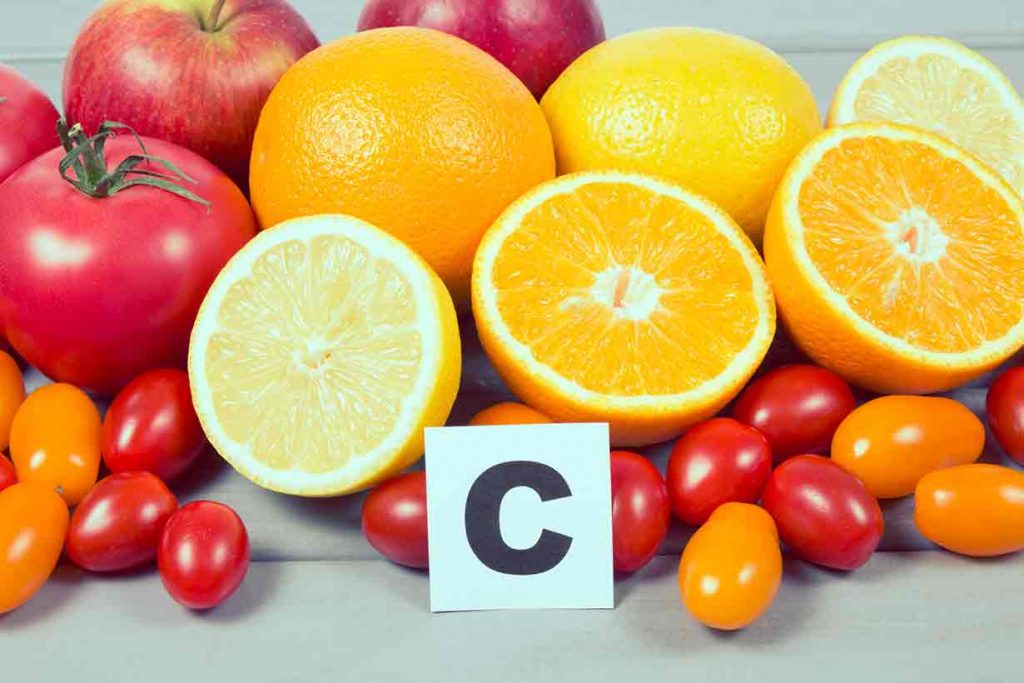
Vitamin C is a water-soluble essential vitamin.
Among its important roles, vitamin C functions as an antioxidant and helps to protect cells against free radical-induced damage. It is also necessary for collagen production and enhances the absorption of non-heme iron (1).
Vitamin C is present in diverse foods, but fruits and vegetables tend to provide the highest amounts.
How Much Vitamin C Do We Need?
Vitamin C intake requirements depend on age, sex, and pregnancy.
Recommended Dietary Allowance (RDA)
The recommended dietary allowance (RDA) for vitamin C is set by the Food and Nutrition Board at the National Academies of Sciences, Engineering, and Medicine. The following table shows vitamin C’s RDA by age group, sex, pregnancy, and lactation status (2):Age Group and Life Stage Vitamin C RDA <6 months old 40 mg 7-12 months 50 mg 1-3 years 15 mg 4-8 years 25 mg 9-13 years 45 mg 14-18 years (boys) 75 mg 14-18 years (girls) 65 mg >19 years old (men) 90 mg >19 years (women) 75 mg During pregnancy (age <18 years) 80 mg During pregnancy (women) 85 mg Lactating person (age <18 years) 115 mg Lactating person (women) 120 mg
Daily Values (% DV)
The US Food and Drug Administration (FDA) has also set a daily value (% DV) for vitamin C.
Daily values are a simple reference value for the amount of a nutrient we should consume based on a typical 2000-calorie diet.
The daily value for vitamin C is 90 mg (3).
Foods High In Vitamin C
We will now look at some of the best dietary sources of vitamin C.
This list of foods provides data on the amount of vitamin C per 100 grams and per typical serving of each food. The source of all nutritional data is the USDA’s FoodData Central database.
Daily values have been calculated using this USDA data and the FDA’s published daily values.
1) Blackcurrants
| Vitamin C per 100 grams | Vitamin C per 112-gram cup |
|---|---|
| 181 mg (201% DV) | 203 mg (226% DV) |
Blackcurrants are among the most vitamin C-rich fruits; a 112-gram cup provides 226% of the daily value (4).
2) Broccoli, cooked
| Vitamin C per 100 grams | Vitamin C per 156-gram cup |
|---|---|
| 64.9 mg (72% DV) | 101.2 mg (112% DV) |
Broccoli is a good vegetable source of vitamin C, with a cup of cooked broccoli providing 112% of the daily value (5).
3) Brussels Sprouts, cooked
| Vitamin C per 100 grams | Vitamin C per 156-gram cup |
|---|---|
| 62 mg (69% DV) | 96.8 mg (108% DV) |
A cup of cooked Brussels sprouts offers 108% of the daily value for vitamin C (6).
4) Cauliflower, cooked
| Vitamin C per 100 grams | Vitamin C per 90-gram 1/5th head |
|---|---|
| 22.1 mg (81% DV) | 65.3 mg (73% DV) |
One-fifth of a cauliflower head (90 grams) supplies 73% of the daily value for vitamin C (7).
5) Clams, cooked
| Vitamin C per 100 grams | Vitamin C per 3 oz (85g) serving |
|---|---|
| 22.1 mg (25% DV) | 18.8 mg (21% DV) |
Many people don’t realize that shellfish provide a modest source of vitamin C. On this note, a three-ounce (85-gram) clam serving contains 21% of the daily value (8).
6) Cloudberries
| Vitamin C per 100 grams | Vitamin C 100-gram serving |
|---|---|
| 158 mg (176% DV) | 158 mg (176% DV) |
Cloudberries are small, bright orange-colored berries with a significant vitamin C content; 175% of the daily value per 100 grams (9).
7) Grapefruit, pink
| Vitamin C per 100 grams | Vitamin C per 230-gram cup |
|---|---|
| 37 mg (41% DV) | 85.1 mg (95% DV) |
A 230-gram cup of pink grapefruit contains approximately 95% of the daily value for vitamin C (10).
8) Green Bell Pepper, raw
| Vitamin C per 100 grams | Vitamin C per medium (119g) pepper |
|---|---|
| 80.4 mg (89% DV) | 95.7 mg (106% DV) |
Bell peppers are one of the best dietary sources of vitamin C. A 119-gram medium green bell pepper offers 106% of the daily value (11).
9) Green Chili Pepper, raw
| Vitamin C per 100 grams | Vitamin C per 45-gram pepper |
|---|---|
| 242 mg (269% DV) | 109 mg (121% DV) |
Perhaps surprisingly for some, chili peppers are also an excellent source of vitamin C. A 45-gram green chili pepper provides 121% of the vitamin’s daily value (12).
10) Guava
| Vitamin C per 100 grams | Vitamin C per 55-gram fruit without refuse |
|---|---|
| 228 mg (253% DV) | 125 mg (139% DV) |
A 55-gram guava (without refuse) provides high vitamin C, equal to 139% of the daily value (13).
11) Kiwi Fruit
| Vitamin C per 100 grams | Vitamin C per 75-gram fruit |
|---|---|
| 74.7 mg (83% DV) | 56 mg (62% DV) |
A 75-gram kiwi fruit offers 62% of the daily value for vitamin C (14).
12) Kohlrabi, cooked
| Vitamin C per 100 grams | Vitamin C per 165-gram cup |
|---|---|
| 54 mg (60% DV) | 89.1 mg (99% DV) |
Kohlrabi is one of the best vegetable sources of vitamin C. A 165-gram cup of cooked kohlrabi provides 99% of the vitamin’s daily value (15).
13) Lemon
| Vitamin C per 100 grams | Vitamin C per 65-gram fruit |
|---|---|
| 53 mg (59% DV) | 34.4 mg (38% DV) |
Like all citrus fruit, lemons are a rich source of vitamin C; a 65-gram lemon offers 38% of the daily value (16).
14) Lemon Juice
| Vitamin C per 100 grams | Vitamin C per 244-gram cup |
|---|---|
| 38.7 mg (43% DV) | 94.4 mg (105% DV) |
As the pure juice of lemons, lemon juice provides high levels of vitamin C. A cup serving contains 105% of the daily value (17).
15) Lime Juice
| Vitamin C per 100 grams | Vitamin C per 242-gram cup |
|---|---|
| 30 mg (33% DV) | 72.6 mg (81% DV) |
Like lemon juice, lime juice also has a high vitamin C content; a 242-gram cup serving has 81% of the daily value (18).
16) Lychee
| Vitamin C per 100 grams | Vitamin C per 190-gram cup |
|---|---|
| 71.5 mg (79% DV) | 136 mg (151% DV) |
Lychees are a vitamin C-rich little fruit; a 190-gram cup serving of lychees provides 151% of the daily value (19).
17) Mango
| Vitamin C per 100 grams | Vitamin C per 165-gram cup |
|---|---|
| 36.4 mg (40% DV) | 60.1 mg (67% DV) |
A 165-gram cup of mango pieces provides 67% of the daily value for vitamin C (20).
18) Mustard Spinach, cooked
| Vitamin C per 100 grams | Vitamin C per 180-gram cup |
|---|---|
| 65 mg (72% DV) | 117 mg (130% DV) |
Mustard spinach offers 130% of vitamin C’s daily value per 180-gram cup serving (21).
Mustard spinach is also high in folate and vitamin A.
19) Orange
| Vitamin C per 100 grams | Vitamin C per 131-gram fruit |
|---|---|
| 53.2 mg (59% DV) | 69.7 mg (77% DV) |
Most people think of oranges when they hear ‘vitamin C.’
Although not the “best” dietary source, oranges offer high levels of vitamin C, with 77% of the daily value per 131-gram fruit (22).
20) Orange Juice, 100%, freshly squeezed
| Vitamin C per 100 grams | Vitamin C per 248-gram cup |
|---|---|
| 30.5 mg (34% DV) | 75.6 mg (84% DV) |
Like all citrus fruits, orange juice provides a good amount of vitamin C; a 248-gram cup serving offers 84% of the daily value (23).
21) Papaya
| Vitamin C per 100 grams | Vitamin C per small (157g) fruit |
|---|---|
| 60.9 mg (68% DV) | 95.6 mg (106% DV) |
Papayas are one of the best fruit sources of vitamin C; a small (157g) papaya offers 106% of the daily value (24).
22) Pineapple
| Vitamin C per 100 grams | Vitamin C per 165-gram cup |
|---|---|
| 47.8 mg (53% DV) | 78.9 mg (88% DV) |
Most tropical fruits provide a good source of vitamin C, and pineapple is no different. A 165-gram cup serving supplies 88% of the vitamin’s daily value (25).
23) Pomelo
| Vitamin C per 100 grams | Vitamin C per 190-gram cup |
|---|---|
| 61 mg (68% DV) | 116 mg (129% DV) |
Pomelo, also known as pummelo, is a vitamin C-rich citrus fruit. A 190-gram cup serving has 129% of the daily value (26).
24) Potatoes, cooked in skin
| Vitamin C per 100 grams | Vitamin C per 136-gram potato |
|---|---|
| 13 mg (14% DV) | 17.7 mg (20% DV) |
While potatoes rarely get mentioned in discussions about vitamin C, they are a reasonably good source of the vitamin. A 136-gram potato provides 20% of the daily value (27).
25) Red Bell Pepper, raw
| Vitamin C per 100 grams | Vitamin C per medium (119g) pepper |
|---|---|
| 128 mg (142% DV) | 152 mg (169% DV) |
Like all pepper varieties, red bell pepper contains a good amount of vitamin C; a 119-gram pepper offers 169% of the daily value (28).
26) Soybeans, green, cooked
| Vitamin C per 100 grams | Vitamin C per 180-gram cup |
|---|---|
| 17 mg (19% DV) | 30.6 mg (34% DV) |
A cup of cooked green (immature) soybeans typically contains 34% of the daily value for vitamin C (29).
27) Strawberries
| Vitamin C per 100 grams | Vitamin C per 144-gram cup |
|---|---|
| 58.8 mg (65% DV) | 84.7 mg (94% DV) |
Strawberries are another berry with high vitamin C levels; a 144-gram cup provides 94% of the daily value (30).
28) Sweet Potato, baked in skin
| Vitamin C per 100 grams | Vitamin C per large (180g) sweet potato |
|---|---|
| 19.6 mg (22% DV) | 35.3 mg (39% DV) |
A large (180g) sweet potato has a vitamin C content equal to 39% of the daily value (31).
29) Tangerines
| Vitamin C per 100 grams | Vitamin C per medium (88g) tangerine |
|---|---|
| 26.7 mg (30% DV) | 23.5 mg (26% DV) |
As a small citrus fruit similar to oranges, tangerines also provide good levels of vitamin C. A medium-sized (88-gram) tangerine offers 26% of the vitamin’s daily value (32).
30) Yellow Bell Pepper, raw
| Vitamin C per 100 grams | Vitamin C per large (186g) pepper |
|---|---|
| 184 mg (204% DV) | 342 mg (380% DV) |
A large (186-gram) yellow bell pepper provides 380% of the daily value for vitamin C (33).
Note: the USDA only has a vitamin C data entry for ‘large’ yellow bell peppers. This is part of why it appears to contain significantly more of the vitamin than green and red bell peppers, which have ‘medium’ USDA entries.
Which Foods Contain the Most Vitamin C Per Typical Serving?
To provide a simple comparison, the following table ranks foods high in vitamin C by the amount they provide per typical serving.Rank Food Name Serving Size Vitamin C Content 1 Yellow bell pepper, raw 186g large pepper 342 mg (386% DV) 2 Blackcurrants 112g cup 203 mg (226% DV) 3 Cloudberries 100g 158 mg (176% DV) 4 Red bell pepper, raw 119g medium pepper 132 mg (169% DV) 5 Lychee 190g cup 136 mg (151% DV) 6 Guava 55g fruit 125 mg (139% DV) 7 Mustard spinach, cooked 180g cup 117 mg (130% DV) 8 Pomelo 190g cup 116 mg (129% DV) 9 Green chili pepper, raw 45g pepper 109 mg (121% DV) 10 Broccoli, cooked 156g cup 101.2 mg (112% DV) 11 Brussels sprouts, cooked 156g cup 96.8 mg (108% DV) 12 Green bell pepper, raw 119g pepper 95.7 mg (106% DV) 13 Papaya 157g fruit 95.6 mg (106% DV) 14 Lemon juice 244g cup 94.4 mg (105% DV) 15 Kohlrabi, cooked 165g cup 89.1 mg (99% DV) 16 Grapefruit, pink 230g cup 85.1 mg (95% DV) 17 Strawberries 144g cup 84.7 mg (94% DV) 18 Pineapple 165g cup 78.9 mg (88% DV) 19 Orange juice, 100% fresh 248g cup 75.6 mg (84% DV) 20 Lime juice 242g cup 72.6 mg (81% DV) 21 Orange 131g fruit 69.7 mg (77% DV) 22 Cauliflower, cooked 90g (1/5th head) 65.3 mg (73% DV) 23 Mango 165g cup 60.1 mg (67% DV) 24 Kiwi fruit 75g fruit 56 mg (62% DV) 25 Sweet potato, baked in skin 180g sweet potato 35.3 mg (39% DV) 26 Lemon 65g fruit 34.4 mg (38% DV) 27 Soybeans, green, cooked 180g cup 30.6 mg (34% DV) 28 Tangerine 88g fruit 23.5 mg (26% DV) 29 Clams, cooked 3 oz (85g) 18.8 mg, 21% DV 30 Potatoes, cooked in skin 136g potato 17.7 mg (20% DV)
Commonly Asked Questions
Here are the answers to some commonly asked questions regarding the vitamin C content of foods.
Blackcurrants provide more vitamin C than other fruits on a typical per-serving basis, while guava offers the most gram-for-gram. Cloudberries, various tropical fruits, and citrus fruits also contain high levels of the vitamin.
Cruciferous vegetables like broccoli, Brussels sprouts, and cauliflower are the best vegetable sources of vitamin C. Among these vegetables, broccoli has the highest vitamin C content on a gram-for-gram basis.
Final Thoughts
Vitamin C is an essential vitamin with important functions for human health. Fortunately, there are ample dietary sources of this nutrient.
Sweet bell peppers, blackcurrants, cruciferous vegetables, tropical fruits, and citrus fruits tend to be the best dietary sources of vitamin C.
Most people consuming a range of fruit and vegetables throughout the day should attain sufficient vitamin C from their diet.
For more on vitamins, see this list of foods high in vitamin E.

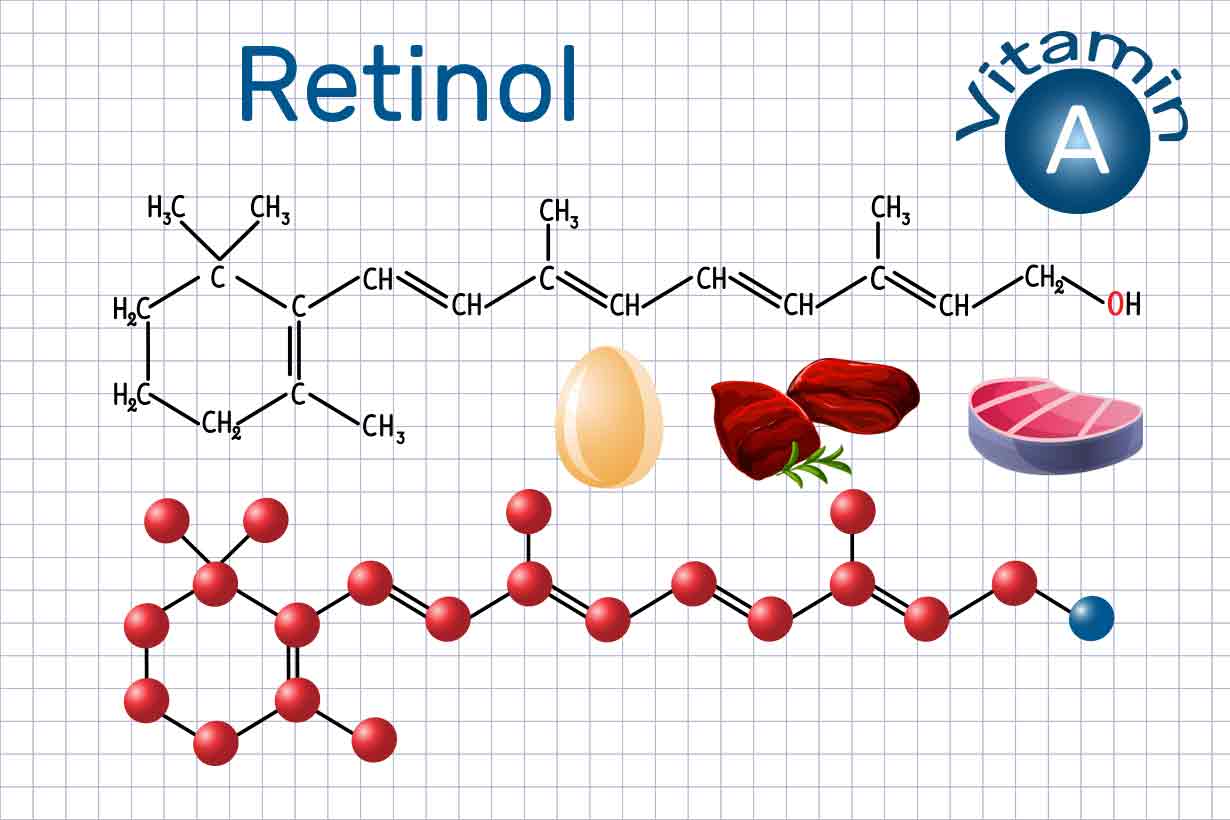
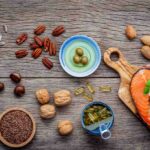
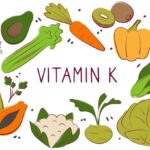


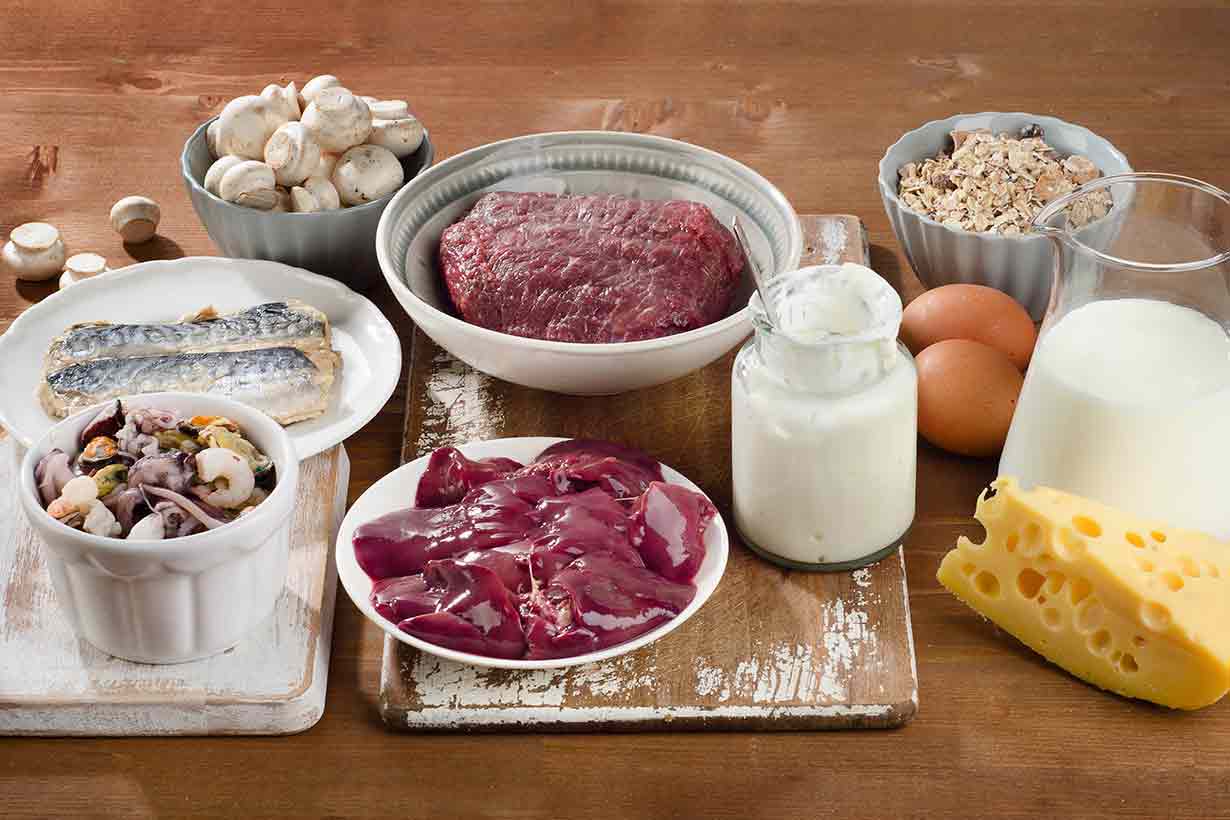
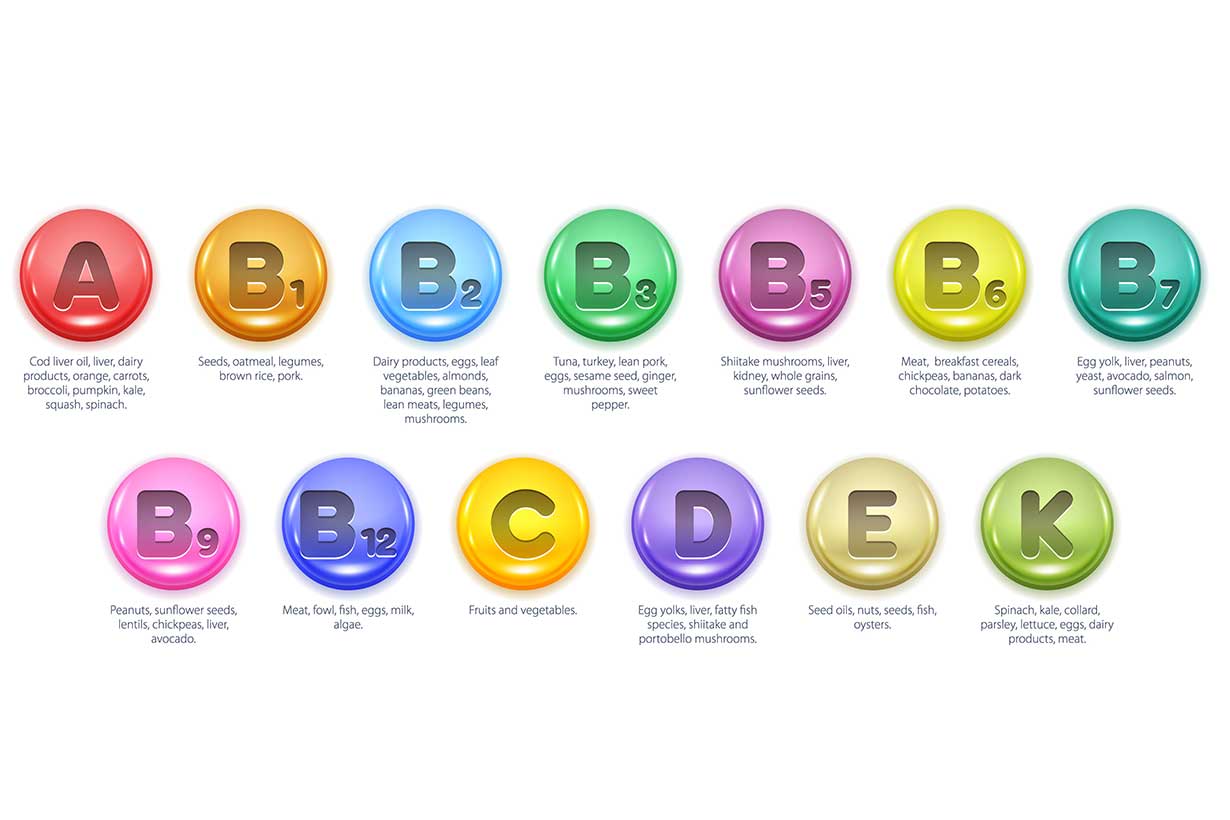

2 thoughts on “30 Foods High In Vitamin C”
Thank you, very useful as ever. But a couple of questions:
I always believed that cooking broke down vitamin C. These figures appear to dispute that, so i was wondering if you knew the truth about vit c and cooking?
Also i believed there was a significant amount of vit c in liver and also fish oils and yet these don’t get a mention. Similarly i understood that carrots and white cabbage were a good source in winter, is there any truth in any of this?
Interested to read about shellfish, that’s a new one to me.
Yes, cooking will indeed destroy some vitamin C – but this is only to a certain extent! For example, foods you can eat raw (like bell peppers) will provide more vit C than they would if you cooked them, but cooked foods can still contain good amounts of the vitamin, even if it’s less than the raw form of the food offers. There are also methods you can use to minimize losses. For example, vitamin C is water-soluble, so more vit C will leach into water when cooking vegetables via boiling. Roasting or pan-frying will result in lower losses in this sense. Similarly, leaving the skin on potatoes (and similar foods) helps to prevent vitamin C losses.
All fresh meat actually contains some degree of vitamin C (organ meats like liver do have more), but this isn’t routinely measured or included in the USDA database, so it’s hard to get accurate figures. The amounts will be lower than the foods in this list, though. Carrots and cabbage (and all cruciferous vegetables) are also good sources of vit C, but again, they don’t contain quite as much as the foods in the list – if it had been a ’50 foods high in vitamin C’ then they could have a place.
Comments are closed.